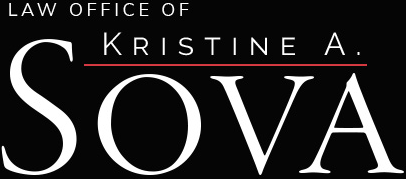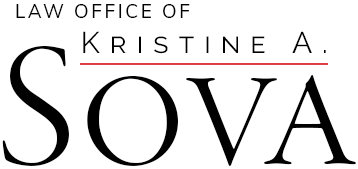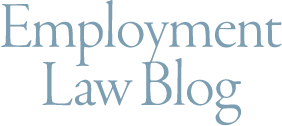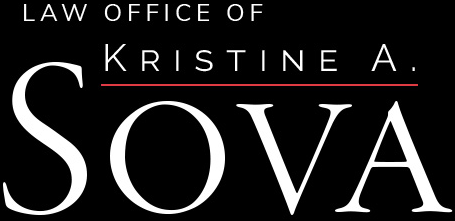Earlier this month, the U.S. Equal Employment Opportunity Commission (EEOC) secured a $240 million jury verdict for a group of 32 intellectually disabled workers who were subjected to physical abuse and pay discrimination in their employment with Hill Country Farms Inc. The verdict is the highest the EEOC has ever secured.
Although the amount ultimately recovered in this case has been drastically reduced, the verdict is still significant, not only for the EEOC, but for employers as well. Above and beyond the EEOC touting its success and feeling emboldened by the victory, employers should expect to see the EEOC increase its enforcement efforts, particularly in those areas identified by the EEOC as its top priorities for fiscal years 2013-2016. The $240 million verdict, after all, was secured in a case involving one of those priorities: discrimination against “vulnerable workers.”
According to the EEOC, immigrant, migrant and other vulnerable workers (such as the intellectually disabled in the Hill Country Farms case) are “often unaware of their rights, or reluctant or unable to exercise them.” For that reason, the EEOC is targeting disparate pay, job segregation, harassment, trafficking and other discriminatory practices and policies affecting those workers.
What are the EEOC’s other priorities over the next three years, and how should employers best position themselves for compliance?
Eliminating Barriers in Recruitment and Hiring
The EEOC’s priority of eliminating barriers in recruitment and hiring should come as no surprise given the EEOC’s well-publicized and significant guidance issued last year on the use of arrest and conviction records in employment decisions. (A copy of the guidance is available here.) But the agency is prioritizing hiring discrimination against more than just those with criminal conviction histories. According to the EEOC, “[r]acial, ethnic, and religious groups, older workers, and people with disabilities continue to confront discriminatory policies and practices at the recruitment and hiring stages . . .” because of “exclusionary policies and practices, the channeling/steering of individuals into specific jobs due to their status in a particular group, restrictive application processes, and the use of screening tools (e.g., pre-employment tests, background checks, date-of-birth inquiries).”
Since the agency is targeting not only intentional recruitment and hiring discrimination, but facially-neutral recruitment and hiring practices that adversely impact particular groups as well, employers should consider proactively monitoring their recruiting and hiring policies for adverse impact to determine whether those policies are statistically disadvantaging members of certain protected classes.
Enforcing Equal Pay Laws
The EEOC is also targeting compensation systems and practices that discriminate based on gender as part of their efforts to enforce the equal pay laws. This priority is also not surprising since combating pay discrimination has been a top priority of the Obama administration. The Lily Ledbetter Fair Pay Act was the first law enacted by the Obama administration. And, eliminating pay discrimination – not just on the basis of gender, but across all protected categories – is also a priority of the Department of Labor’s Office of Federal Contract Compliance Programs (OFCCP), whose purpose is to enforce affirmative action and equal employment opportunity of those businesses that have contracted to do business with the federal government. Given the Obama administration’s commitment to eliminating pay discrimination, employers are recommended to conduct pay equity audits to help ensure fairness in pay rates among similarly situated employees.
Preventing Harassment
Another of the EEOC’s priorities is preventing workplace harassment. The EEOC is targeting harassment because it “is one of the most frequent complaints raised in the workplace.” According to the EEOC, “[h]arassment claims based on race, ethnicity, religion, age and disability combined significantly outnumber even sexual harassment claims in the private and public sectors.”
Given this priority, employers should confirm that they have meaningful harassment prevention plans in place. Any meaningful harassment prevention plan will include:
- adoption of a workplace harassment policy that includes an employee complaint process and an anti-retaliation policy;
- distribution of the policy to all employees;
- retention of a written record of receipt of the policy by all employees, which should also include an acknowledgement that they understand the complaint process;
- anti-harassment and anti-retaliation training for all employees (including supervisors) about the policy, the law and the complaint process;
- prompt and thorough investigation of any harassment complaints; and
- periodic re-training of all employees and supervisors.
Preserving Access to the Legal System
The EEOC is also targeting the policies and practices of employers that discourage individuals from exercising their rights under employment discrimination statutes, or that impede the EEOC’s investigative or enforcement efforts. Examples of the kind of policies and practices being targeted by the EEOC include:
- retaliation against complaining employees;
- overly broad waivers required by employers;
- severance and settlement provisions that prohibit filing charges with the EEOC or assisting in its investigation of claims; and
- employers that fail to retain records required by EEOC regulations.
Employers are urged to re-visit the recordkeeping requirements under any applicable EEO laws and to also review and revise their model severance and settlement agreements. Just this week, the EEOC sued a book distributor in federal court accusing the book distributor of forcing employees to sign overly broad releases in order to be eligible for severance pay. And, in the three weeks following the jury verdict in the Hill Country Farms case, four of the five lawsuits that the EEOC has filed and publicized are based on the priorities identified above, with three of those cases focused on discrimination in hiring.




